Prices in AUD. Shipping worldwide. Flat rate $8 postage per order within Australia. International by weight calculated at checkout. Read full terms.
-
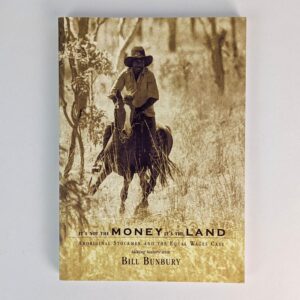
It’s Not the Money it’s the Land: Aboriginal Stockmen and the Equal Wages Case
AU$30.00 Read MoreAdd to cartBill Bunbury
North Fremantle: Fremantle Arts Centre Press, 2002. -
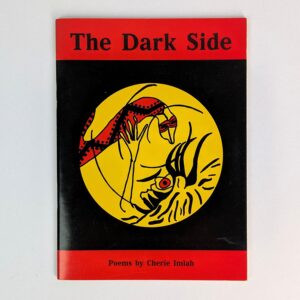
The Dark Side
AU$20.00 Read MoreAdd to cartCherie Imlah
Goolmangar: Jiggi Publishing, 1990. -

Art in the Time of Colony
AU$100.00 Read MoreAdd to cartKhadija von Zinnenburg Carroll
Farnham and Burlington: Ashgate, 2014.The author “draws on contemporary Australian Aboriginal art to challenge historical bind spots and re-think stuffy conventions of art criticism.” (from jacket flap). Part of the series: Empires and the Making of the Modern World, 1650-2000.
-

Kamilaroi and Kurnai: Group-Marriage and Relationship, and Marriage by Elopement
AU$30.00 Read MoreAdd to cartLorimer Fison; A. W. Howitt
Canberra: Aboriginal Studies Press, 1991.Drawn chiefly from the usage of the Australian Aborigines also the Kurnai Tribe Their customs in Peace and War.
-


Keeping Culture: Aboriginal Tasmania
AU$60.00 Read MoreAdd to cartAmanda Jane Reynolds
Canberra: National Museum of Australia Press, 2006. -
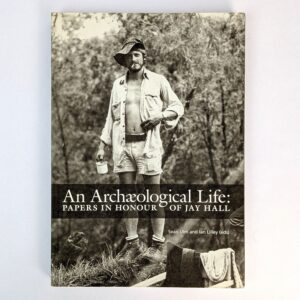
An Archaeological Life: Papers in Honour of Jay Hall
AU$50.00 Read MoreAdd to cartSean Ulm; Ian Lilley
Brisbane: University of Queensland Press, 2006. -
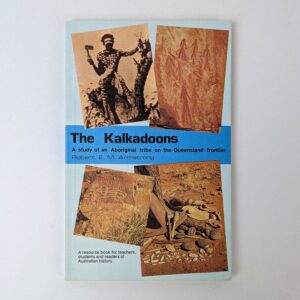
The Kalkadoons: A Study of an Aboriginal Tribe on the Queensland Frontier
AU$250.00 Read MoreAdd to cartRobert E. M. Armstrong
Brisbane: William Brooks, No date.A resource book for teachers, students and readers of Australian history. “The Kalkadoon (Kalkatungu) are descendants of an Indigenous Australian tribe living in the Mount Isa region of Queensland. Their forefather tribe has been called the Elite of the Aboriginal warriors of Queensland. In 1884 they were massacred at Battle Mountain by settlers and police.” (from Kalkadoon PBC website) This book shows that the Kalkadoon did not submissively accept the takeover of their land.
-
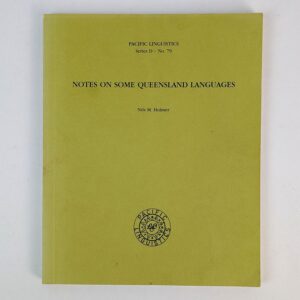
Notes on Some Queensland Languages
AU$100.00 Read MoreAdd to cartNils M. Holmer
Canberra: Pacific Linguistics, Research School of Pacific Studies, The Australian National University, 1988.Fieldwork notes on indigenous languages of Queensland, New Guinea, and Torres Strait: Mer, Saibai, Gugu-Bujun and related languages, Kantyu and Koko-Yalandji, Gangulida, Bundjil and Wandji, Garwa, Punthamara.
-
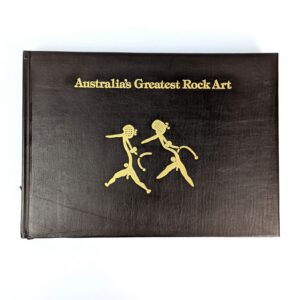

Australia’s Greatest Rock Art
AU$2,000.00 Read MoreAdd to cartGrahame L. Walsh
Bathurst: E. J. Brill / Robert Brown and Associates, 1988.Published in association with Queensland Parks and Wildlife this book is the most comprehensive documentation of Australian rock art. The deluxe issue of 100 signed and numbered copies in leather with slipcase, this copy further inscribed by Walsh and with the prospectus laid in.
-
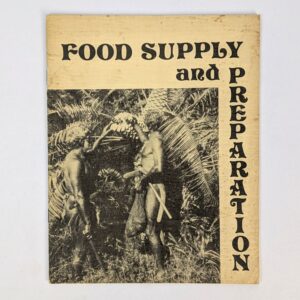
Food Supply and Preparation
AU$30.00 Read MoreAdd to cartDepartment of Community Services
Brisbane: Department of Community Services, 1985.A booklet on Aboriginal food practices, primarily based on Walter Roth’s North Queensland Ethnography No. 3.
-
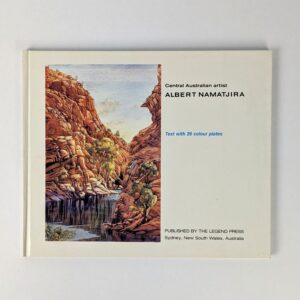
Central Australian Artist Albert Namatjira
AU$60.00 Read MoreAdd to cartJohn Brackenreg; Albert Namatjira
Sydney: The Legend Press, No date.Text by John Brackenreg, with 26 colour plates.
-
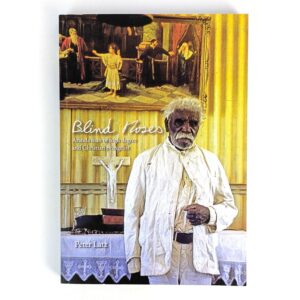
Blind Moses: Aranda Man of High Degree and Christian Evangelist
AU$30.00 Read MoreAdd to cartPeter Latz
Canberra: IAD Press, 2014. -
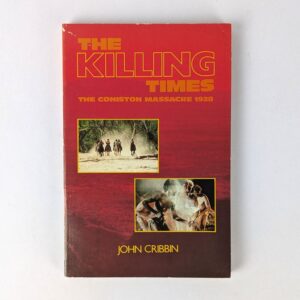
The Killing Times: The Coniston Massacre 1928
AU$60.00 Read MoreAdd to cartJohn Cribbin
Sydney: Fontana, 1984. -

Every Hill Got a Story: We Grew Up In Country
AU$60.00 Read MoreAdd to cartMarg Bowman; The Central Land Council
Melbourne: Hardie Grant Books, 2015.Men and Women of Central Australia and the Central Land Council. Every Hill Got A Story is the first comprehensive history of Central Australia’s Aboriginal people, as told in their own words and many languages.
-

Ikuntji: Paintings from Haasts Bluff, 1992 – 1994
AU$30.00 Read MoreAdd to cartMarina Strocchi
Alice Springs: IAD Press, 1995. -
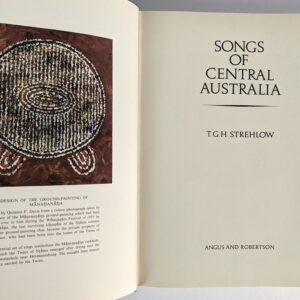
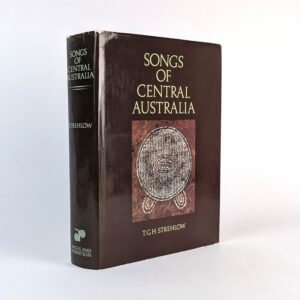
Songs of Central Australia
AU$9,000.00 Read MoreAdd to cartT. G. H. Strehlow
Sydney: Angus & Robertson, 1971.“The first complete account of the poetic heritage of the aboriginal people of Central Australia; an analysis of aboriginal songs as fully-developed oral literature, and their evaluation as authoritative documents of aboriginal religion” (from original prospectus). One of the scarcest and most sought after works on Aboriginal life. “You could describe it as the Torah of Central Australia.” (Barry Hill)
-
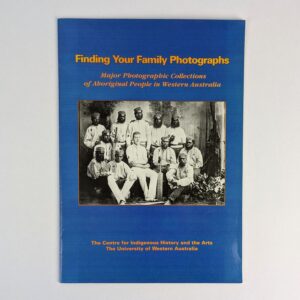
Finding Your Family Photographs: Major Photographic Collections of Aboriginal People in Western Australia
AU$40.00 Read MoreAdd to cartThe Centre for Indigenous History and the Arts
Perth: The Centre for Indigenous History and the Arts, The University of Western Australia, 1999. -

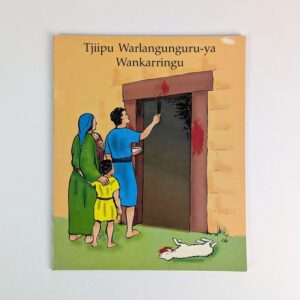
Tjiipu Warlangunguru-ya Wankarringu: They were Saved Through the Lamb
AU$20.00 Read MoreAdd to cartNgaanyatjarra Bible Project; Jack Finch
Alice Springs: Ngaanyatjarra Bible Project, 2000.Christian bible story told in Ngaanyatjarra language. Illustrations by Jack Finch.
-
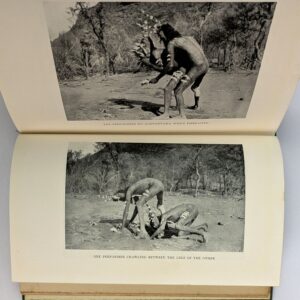
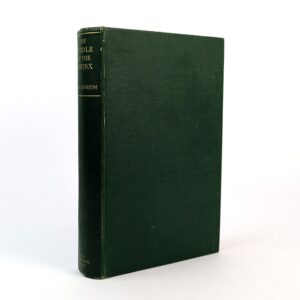
The Riddle of the Sphinx, or Human Origins
AU$150.00 Read MoreAdd to cartGeza Roheim
London: Leonard and Virginia Woolf at The Hogarth Press, and the Institute of Psycho-Analysis, 1934.Psychoanalytic anthropology by Hungarian Geza Roheim (1891-1953). Roheim and his wife lived on and around the Hermannsburg Lutheran Mission in central Australia for nine months in 1929. The 9 pages of illustrations in this work being photographs from this time showing Aboriginal ceremony.
-

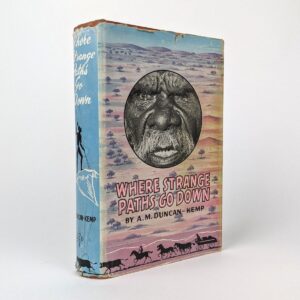
Where Strange Paths Go Down
AU$500.00 Read MoreAdd to cartA. M. Duncan-Kemp
Brisbane: W. R. Smith & Paterson, 1964.Description of aboriginal social life and customs by Alice Monkton Duncan-Kemp (1901-1988), who grew up on a cattle station in remote South-West Queensland. This being the second edition which includes large portions of Our Sandhill Country, her memoir published in 1933, providing insight into life on the cattle runs of the Channel country. Numerous photographs. This copy signed by Alice on the dedication page.
